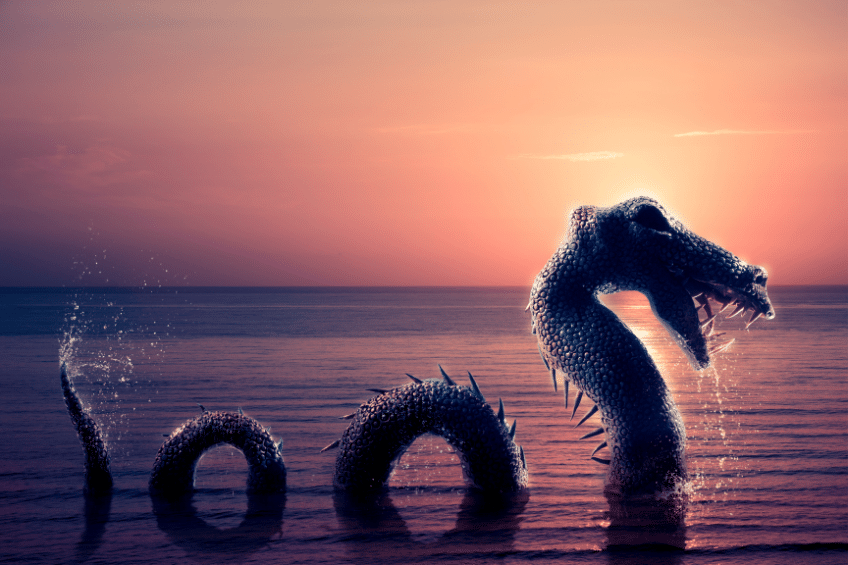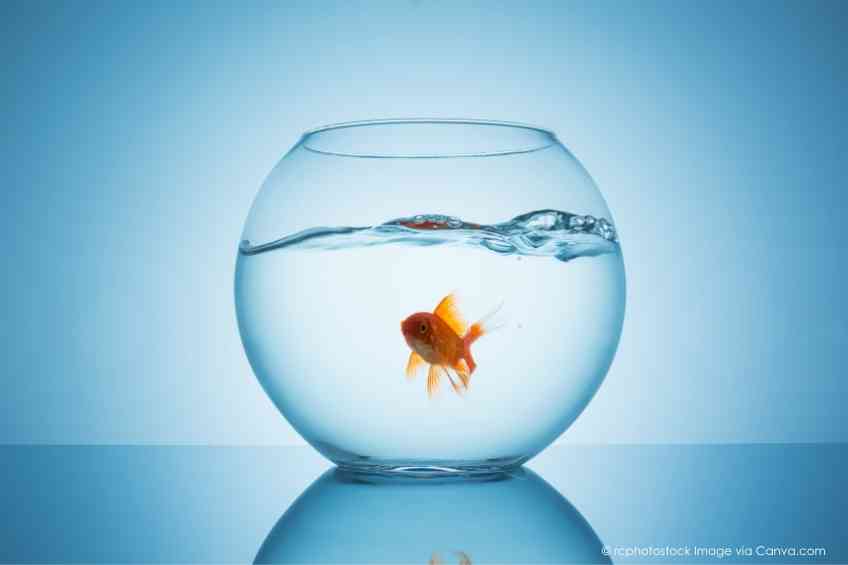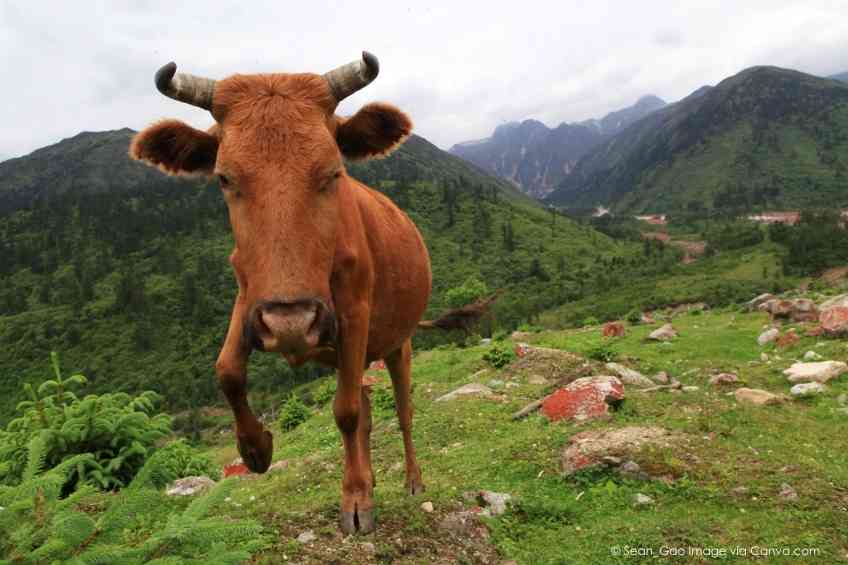By Sean Zucker —
For years, anything relating to aliens, Big Foot or other mysterious creatures was simply fodder for tourists or hobbies for conspiracy theorists. People saw these sightings of flying saucers or Chupacabra (those creepy goat suckers) as little more than musings of the manically bored or inspiration for X-Files episodes. Then two years ago, the U.S. government confirmed that UFOs are real, but they remain “unidentified” and unsourced. Now, anything seems on the table. Some in the scientific community took a more academic look at some urban legends.
What’s near the top of the list? Yup, that’s right, the Scottish mystery Loch Ness Monster.
Consequently, a research team recently reevaluated Loch Ness and suggested its famous monster’s existence may be more credible than previously thought.
Loch Ness Monster believers have long argued that the creature could be a descendant of prehistoric reptiles known as plesiosaurs. People repeatedly report seeing a long-necked beast roaming the waters, which resembles a reptilian. Of course, critics have traditionally disputed these claims, primarily noting that plesiosaurs could not have lived in the loch as they needed a saltwater environment. But recent findings beg to differ.
Researchers at the University of Bath in the U.K. have reported that plesiosaur fossils were found in a 100-million-year-old river system in Morocco’s Sahara Desert, implying that the prehistoric reptile did, at some point, live outside of saltwater settings. It led the team to reconsider the merit of Nessie sightings and determined its existence was, “on one level, plausible.”
The fossils examined included bones and teeth from ten-foot-long adults and an arm bone from a five-foot-long infant. “These fossils suggest the plesiosaurs were adapted to tolerate freshwater, possibly even spending their lives there, like today’s river dolphins,” the university reported in a press release published alongside the findings.
“It’s scrappy stuff, but isolated bones tell us a lot about ancient ecosystems and animals in them. They’re so much more common than skeletons; they give you more information to work,” said Dr. Nick Longrich, corresponding author of the paper. “The bones and teeth were found scattered and in different localities, not as a skeleton. So, each bone and each tooth are a different animal. We have over a dozen animals in this collection.”
These scientists point out that the last plesiosaurs may have died 66 million years ago. They offered no proof that a distant descendant of these ancient beasts, aka a modern-day Nessie, has survived all these years and is currently paddling around the saltless waters of Loch Ness. But, just maybe, it’s possible, especially if those old bones are telling the truth and plesiosaurs were able to survive in freshwater.
Maybe, another wee look around Loch Ness is worth it.













